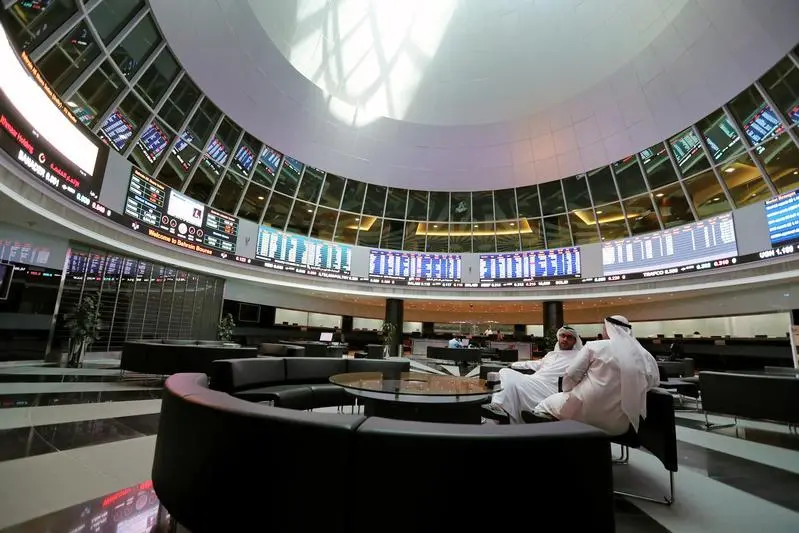PHOTO
A view shows JDC Hakuryu-5 deep water drilling platform in the South China Sea off the coast of Vung Tau, Vietnam April 29, 2018. Maxim Shemetov, Reuters Image used for illustrative purpose.
LONDON - U.S. crude oil inventories have begun to deplete, especially around the NYMEX futures delivery point at Cushing in Oklahoma and across the Midwest, creating conditions for a squeeze on nearby futures prices.
Front-month futures prices and calendar spreads have already risen consistently since the middle of December as traders react to signs the market is tightening again.
U.S. commercial crude inventories have depleted in four of the most recent five weeks by a total of 23 million barrels since Dec. 15.
Stocks had fallen 6 million barrels (-1% or -0.13 standard deviations) below the 10-year seasonal average on Jan. 19 from a surplus of 14 million barrels (+3% or +0.29 standard deviations) above it on Dec. 15.
The largest depletion occurred along the Gulf of Mexico (-17 million barrels) with a smaller drawdown in the Midwest (-4 million) including around Cushing (-2 million).
Inventories on the Gulf Coast are still well above normal for the time of year but stocks at Cushing had still not fully recovered from the squeeze in the third quarter of 2023 and are now tightening again.
Cushing inventories amounted to just 30 million barrels on Jan. 19, the lowest for the time of year for more than a decade.
Cushing stocks depleted in each of the three most recent weeks by a total of almost 5 million barrels, according to weekly reports published by the U.S. Energy Information Administration.
As a result, Cushing stocks were 14 million barrels (-32% or -1.26 standard deviations) below the 10-year seasonal average and the deficit had widened from 12 million (-27% or -0.89 standard deviations) five weeks earlier.
Chartbook: U.S. crude inventories and prices
U.S. oil futures prices are sensitive to inventory levels around the delivery point because of logistics constraints that limit the rate of deliveries in and out.
The market is especially sensitive to inventory depletion at the moment because speculators have been very bearish about the outlook for oil prices in the United States, much more so than in the rest of the world.
Hedge funds and other money managers held a net position in U.S. crude futures equivalent to just 43 million barrels on Jan. 16, the third-lowest in weekly data going back to 2013.
Bullish long positions outnumbered bearish short ones by a ratio of just 1.26:1, which was in only the first percentile of weekly data since 2013.
In the premier NYMEX contract, hedge funds held short positions equivalent to 112 million barrels, down from 128 million in mid-December, but still an exceptionally bearish position.
By contrast, fund managers held a net long position in Brent of 227 million barrels (49th percentile) with a long-short ratio of 4.11:1 (46th percentile).
With so many shorts that must be rolled forward, closed out by physical delivery at Cushing, or repurchased in the futures market, the diminishing availability of crude near the delivery point risks creating a short squeeze.
Traders have already started to react with spot prices and especially nearby calendar spreads recoiling from their mid-December lows.
Futures prices for deliveries to be made at Cushing during March 2024 have risen by more than $4 per barrel (6%) since Dec. 18.
The calendar spread from March to April 2024 has swung into a backwardation of 17 cents per barrel from a contango of 26 cents on Dec. 18.
There has been a significant tightening of all the month-to-month calendar spreads in the first half of 2024 as traders anticipate lower crude availability.
The six-month WTI spread has moved into a backwardation of almost $2 per barrel from a contango of $1.20 on Dec. 18.
The recent depletion of inventories is reminiscent of previous drawdowns in the third quarter of 2023 and the first quarter of 2022.
Both of those draws resulted in a sharp rise in front-month prices and a rampaging backwardation in nearby calendar spreads.
Traders and investors will be on heightened alert for signs of a repeat.
John Kemp is a Reuters market analyst. The views expressed are his own. Follow his commentary on X https://twitter.com/JKempEnergy





















